What mistakes should you avoid when creating a made-to-measure textile project? To get it right first time, it’s crucial to anticipate pitfalls around fabric choice, measurements, lead times and finishing so you end up with a professional, long-lasting result.
Made-to-measure gives you total freedom to create curtains, tablecloths, covers, garments or accessories perfectly tailored to your brief. However, without a rigorous method, a custom textile project can quickly become costly and disappointing. Professionals and private customers alike often hit the same hurdles: unsuitable fabrics, inaccurate dimensions, underestimated timelines or neglected finishes.
Creating a bespoke textile means turning an idea into reality. By following a few best practices, you save time, optimise your budget and achieve a professional look from the very first make.
Discover Tissus Print’s expert advice—specialists in textile printing in Provence-Alpes-Côte d’Azur—to avoid these common mistakes and boost efficiency from your very first order.
Mistake #1: Overlooking the fabric choice
Fabric choice is the foundation of any custom textile make. A fabric that’s not suited to the intended use leads to premature wear, a disappointing look and, ultimately, wasted spend. Yet this remains one of the most common errors—especially when price becomes the only selection criterion.
Assess the following before confirming a fabric:
- Fabric composition: cotton, polyester, linen, viscose or blends directly influence the handfeel, drape and durability of the finished piece.
- Weight and strength: a fabric that’s too light for commercial curtains or furniture covers will compromise longevity.
- Intended use: blackout curtain, stain-resistant tablecloth, breathable garment, cushion cover, bespoke garment label… each application demands specific properties.
- Care and durability: some fabrics need special care or lose brightness after several washes.
Practical example: pick a random fabric for a curtain and the drape may not match the desired effect. A fabric that’s too light will lack body; one that’s too stiff won’t deliver the elegance you want. That’s why we strongly recommend ordering a test swatch before production—this simple step validates the handle, look and drape quality.
To dig deeper and find techniques suited to your needs, see our Fabric Guide.
Mistake #2: Poorly defining measurements and dimensions
Accurate measurements are critical to a successful made-to-measure textile project. A discrepancy of just a few centimetres can ruin curtains, seat covers or rectangular tablecloths. The most frustrating part? It’s avoidable with a simple double-check.
Measure with care and consider the specifics of each item: cushion thickness, chair depth, the exact window height. Eyeballing dimensions or ignoring seam allowances invariably leads to costly reworks—or an unusable piece.
Common mistakes & fixes
| Common mistake | Impact | Fix |
|---|---|---|
| No seam allowances | Piece too small or poor fit | Always add appropriate seam allowances for the chosen finish |
| Estimating “by eye” | Poor proportions; amateur look | Use a precise tape measure and write every dimension down |
| Ignoring substrate thickness | Cover too tight; fabric pulls | Include depth and thickness in your final dimensions |
Practical example: a restaurant orders made-to-measure tablecloths, using only the top length and width and forgetting the drop on each side. The cloths arrive too short and look sloppy. With correct measurements—including height and desired drop—the result would have been elegant and perfectly aligned to the concept.
To secure a perfect outcome, verify each measurement twice and share them clearly with your request. Explore all our made-to-measure textile solutions for perfectly tailored results.
Mistake #3: Underestimating production lead times
A bespoke textile project takes time. From proofing the artwork, printing the design and cutting the fabric, to skilled sewing and finishing—several technical stages must be done properly. Many clients underestimate timelines and end up in a rush before a professional or private event.
This gets especially tricky with large and urgent orders: curtains for a trade show, tablecloths for a wedding, chair covers for a venue or custom textile accessories for a product launch. The only solution is forward planning to avoid disappointment and the extra cost of express options.
As a guideline, allow at least two to three weeks for bulk made-to-measure curtains—and longer for complex prints or specific finishes. Every project is unique; timings vary with order type, fabric availability and time of year.
For an accurate, tailored estimate, submit a quotation request as soon as your project takes shape. You’ll be able to plan your schedule confidently and ensure on-time delivery.
Practical example: an events agency prepares a stand for a trade fair and orders custom chair covers at the last minute. Assuming production takes just a few days, they discover printing, cutting and sewing require at least two weeks. Result: they have to hire standard kit—far less on-brand for their client. By ordering as soon as the concept was approved, the covers would have arrived on time with a flawless finish.
Mistake #4: Forgetting the importance of finishing
Finishing is what separates an amateur look from a professional result. Yet it’s often overlooked in favour of obsessing over fabric or print alone. Visible stitching, uneven hems or a poorly placed label can devalue the entire project.
Finishes should suit the end use and quality level. A blackout curtain for a premium hotel can’t make do with a basic hem; a personalised garment calls for neat top-stitching and discreet sewn-in labels.
Finishing options
- Blind hems: recommended for curtains and tablecloths for a pristine drape.
- Decorative top-stitching: ideal for covers, cushions and certain garments—adds style while reinforcing seams.
- Custom sewn-in labels: essential for garments, accessories and capsule collections—your professional signature.
- Bias binding and piping: for clean, elegant edges.
- Eyelets and hanging/fastening systems: essential for curtains and banners—durable and easy to install.
Practical example: a home-decor brand selects a premium fabric for bespoke covers but opts for a basic finish to save money. Despite the fabric quality, the covers look less refined and don’t elevate the product. With reinforced, well-chosen finishes, the result would have been markedly more professional and on-brand.
At Tissus Print, every make detail is designed to elevate your personalised textiles. Our finishes—crafted in France at our workshop near Toulon—enhance your creations and extend their lifespan.
Mistake #5: Skipping samples and tests
Going straight into full production without approving a sample is a major risk. Surprises can include the final colour, print rendering, fabric handle—or how the textile behaves after washing. These are hard to predict without a prototype.
A sample is your prototype: it proves the result matches expectations, checks dimensions and confirms the fabric suits the use case. This step prevents nasty surprises and costly re-runs—and lets you fine-tune details before bulk production.
At Tissus Print, on-demand swatch printing is part of our service. It safeguards your satisfaction and helps you move forward confidently with your professional textile project. Whether you need to test a pattern, verify weight or approve a colour, this preliminary step always pays off.
Practical example: an interior designer orders dozens of metres of custom fabric for hotel curtains without first approving a swatch. On delivery, the shade differs slightly from what she expected and the drape is too stiff for the brief. The project slips and extra costs are incurred to reprint. A simple prototype would have flagged both issues before production.
Always order a sample before confirming your final order. This small investment saves headaches and ensures a result that meets your standards.
Mistake #6: Going without professional expertise
Handling everything yourself may seem economical at first glance. In reality, it often leads to lost time, costly errors and a mediocre result. Custom textile printing techniques, fabric behaviours and make constraints require expertise that only seasoned professionals truly master.
Working with a specialist like Tissus Print brings multiple benefits:
- Bespoke advice: every project is unique—get tailored guidance to identify the best options.
- Technical know-how: mastery of digital textile printing and deep fabric knowledge.
- Local production: our workshop near Toulon (Var) guarantees printing in France—quality and responsiveness.
- End-to-end support: from concept to delivery, rigorous QC ensures your order matches the brief.
Practical example: a private customer makes outdoor covers to protect garden furniture. To save money, they buy a generic waterproof fabric and cut it without technical guidance. After a few weeks, the covers tear at the seams and fade in the sun. With a made-to-measure specialist, they’d have been advised to choose UV-resistant outdoor fabric, reinforced finishes and an appropriate pattern—resulting in durable, stylish covers.
Partnering with personalised-textile professionals saves time, guarantees quality and brings peace of mind. To go further, read our guide on The 5 common mistakes in textile printing.
Conclusion
By anticipating the most common mistakes, your made-to-measure textile project can be a success from the first make. Fabric choice, measurement accuracy, realistic timelines, quality finishing, swatch approval and professional support are the pillars of a result that meets your expectations.
Whether you’re a homeowner elevating your interior or a business creating bespoke event textiles, every detail matters. Success rests on rigorous preparation and the expertise to foresee technical constraints.
Request your personalised quote from Tissus Print today to bring your ideas to life with confidence. Our team, based near Toulon in the Var, supports you at every stage—from design to delivery—to guarantee a professional, durable outcome. Enjoy printing in France that combines quality, responsiveness and craftsmanship.
Contact us today and turn your vision into textile reality.
Made-to-measure textiles: FAQ
What are the average lead times for a made-to-measure textile project?
It depends on project complexity, quantities and seasonality. On average, allow two to three weeks for standard production. For urgent orders or complex projects with special finishes, timelines can be adjusted. We strongly recommend contacting Tissus Print as early as possible for an accurate estimate tailored to your needs.
Can I order a single item?
Absolutely. Tissus Print accepts one-offs as well as series. Whether you need a single curtain for your home, a personalised cushion cover or a run of tablecloths for an event, every request receives the same high standard. Digital printing enables unique pieces without prohibitive costs.
What fabrics are available for bespoke projects?
A wide range according to use: organic cotton, polyester, linen, viscose, technical blends, blackout fabrics, waterproof textiles, flame-retardant options for professional settings, and more. Each material has specific properties for drape, care and appearance. The Tissus Print team will guide you to the best choice for your project.
Can I get a fast online quote?
Yes. Use our online quote request: share your core project details—textile type, dimensions, quantity, finishes and desired timing. You’ll receive a personalised reply promptly, with advice tailored to your brief.
How do I select a durable, hard-wearing textile?
Durability depends on several criteria: fabric weight (GSM), fibre composition, weave/knit quality and any applied treatments. For intensive use (e.g. restaurant tablecloths or commercial furniture covers), choose higher GSM and robust compositions. Poly-cotton blends often balance strength and comfort. Anti-stain, UV-resistant or water-repellent finishes significantly extend lifespan depending on the environment. Tissus Print experts will point you to the most suitable materials for your use case.
How should I prepare a file for textile printing?
Proper file prep ensures optimal results. Use vector formats for logos/graphic motifs; supply photographic visuals in high resolution, ideally 300 dpi minimum. Convert colours to CMYK or RGB according to the printing method. Avoid ultra-thin fonts or tiny details that may disappear in print. Accepted formats typically include PDF, AI, EPS and high-quality PNG. Tissus Print can check and optimise your files before production to prevent issues.
See also our blog guide: how to prepare the perfect file for textile printing.
What margins and safe-zones should I allow for a logo on a garment?
Safe-zones ensure your logo/motif isn’t cut during make and sits correctly on the garment. For textile marking, allow at least 2–3 cm from seams and edges. Define the print area by placement—chest, back, sleeve or side. A centred chest logo typically sits 8–10 cm below the neckline. Keep critical elements inside the safe-zone to avoid distortion or loss. Tissus Print provides precise templates by garment type and placement.
How do I calculate quantities and timelines for a bespoke order?
Quantities depend on use and a sensible buffer. For event textiles, plan a few extras for contingencies. Timelines include several phases: quote/file approval, fabric sourcing (if needed), printing, make/finishing, and dispatch. Standard orders usually take two to three weeks, while complex or large runs may need more time. Peak periods—trade-fair seasons or year-end holidays—also extend lead times. Contact Tissus Print at concept stage to receive a realistic, personalised production schedule.



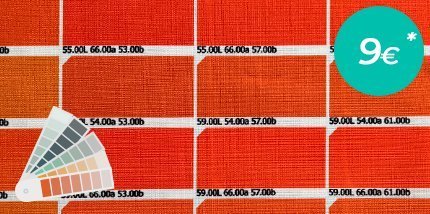

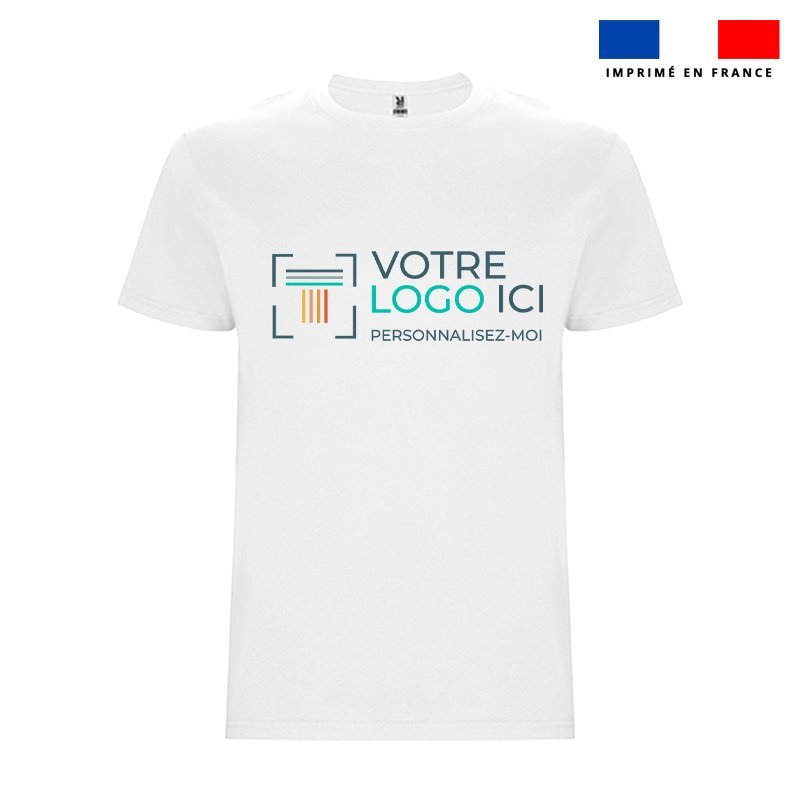
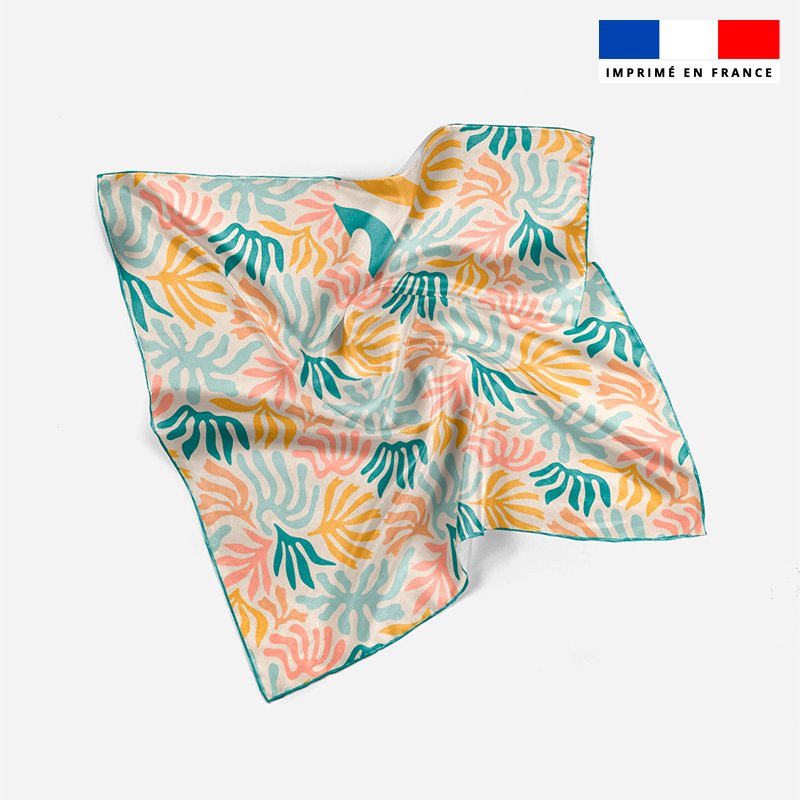
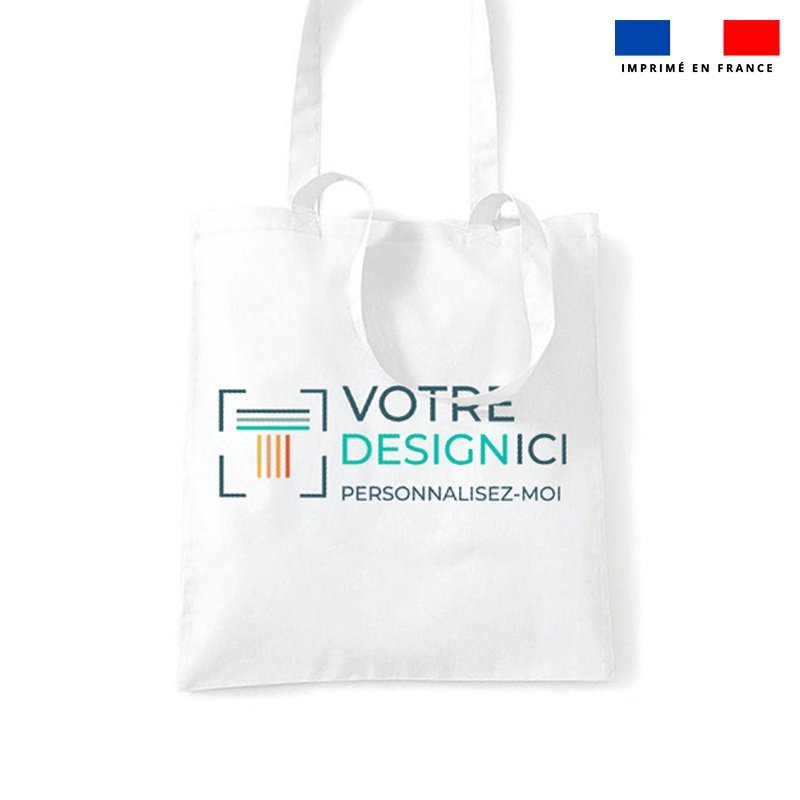
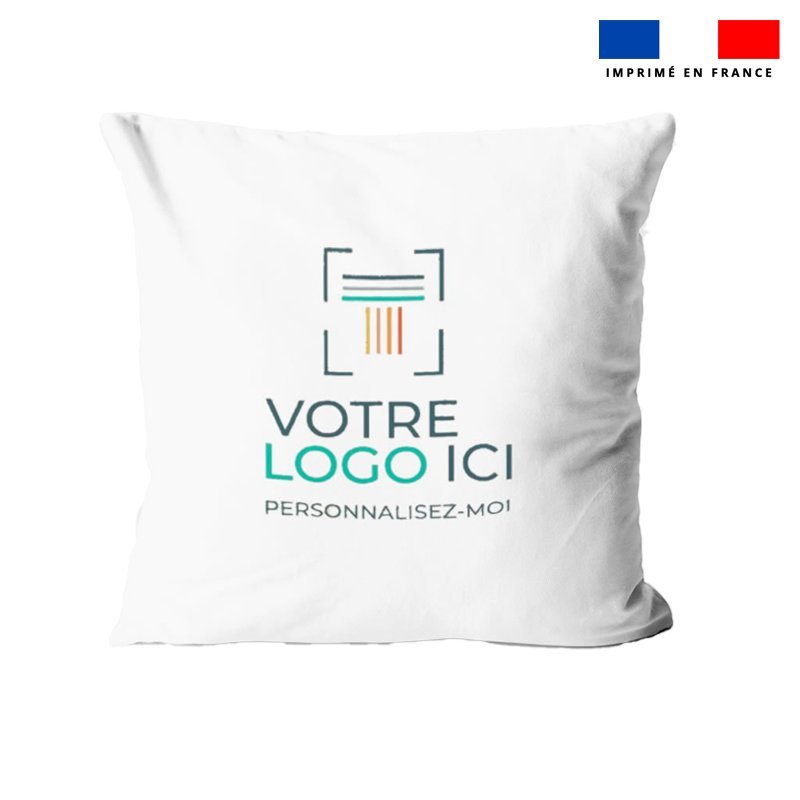
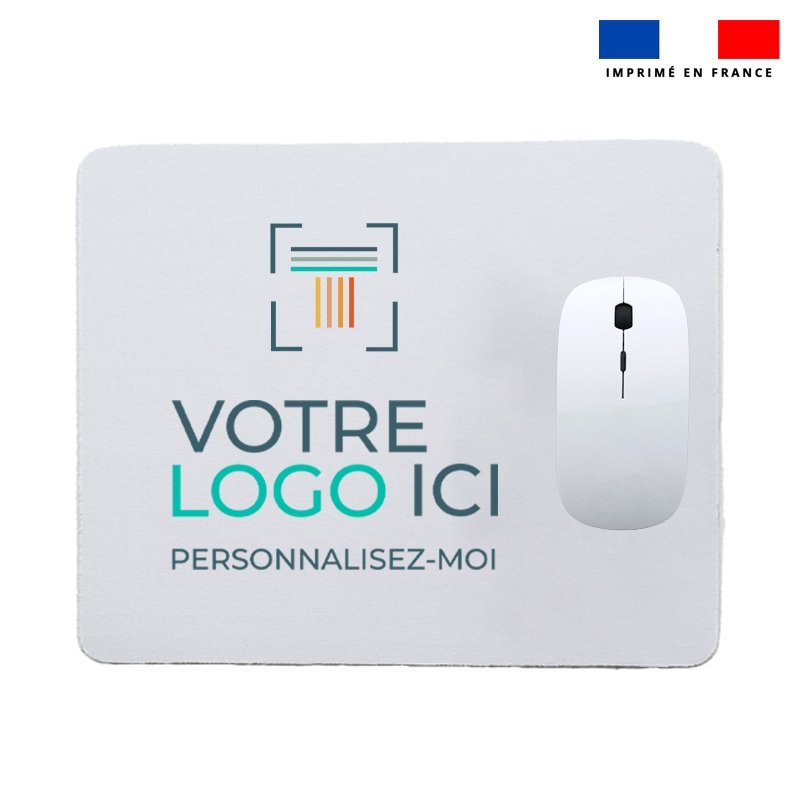
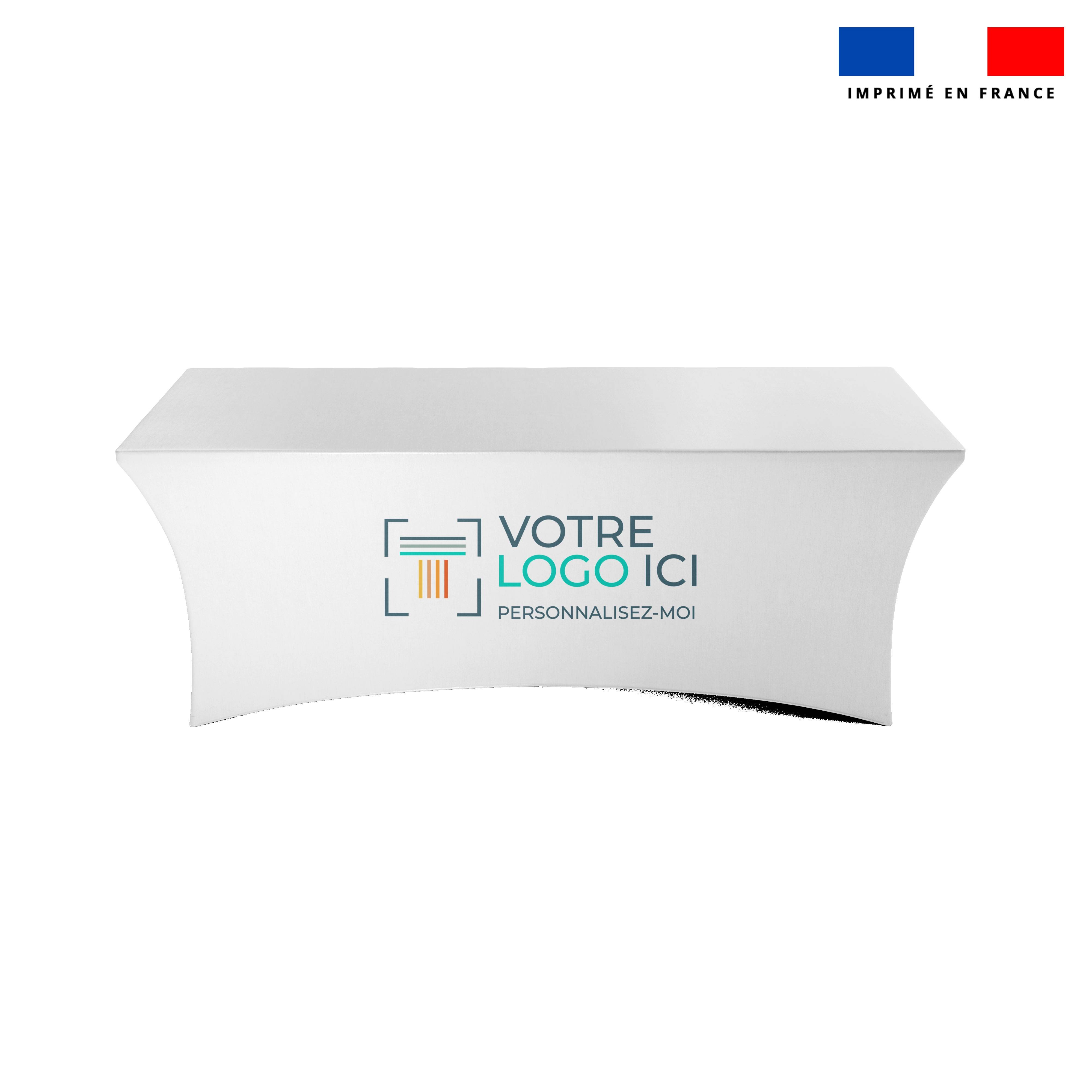


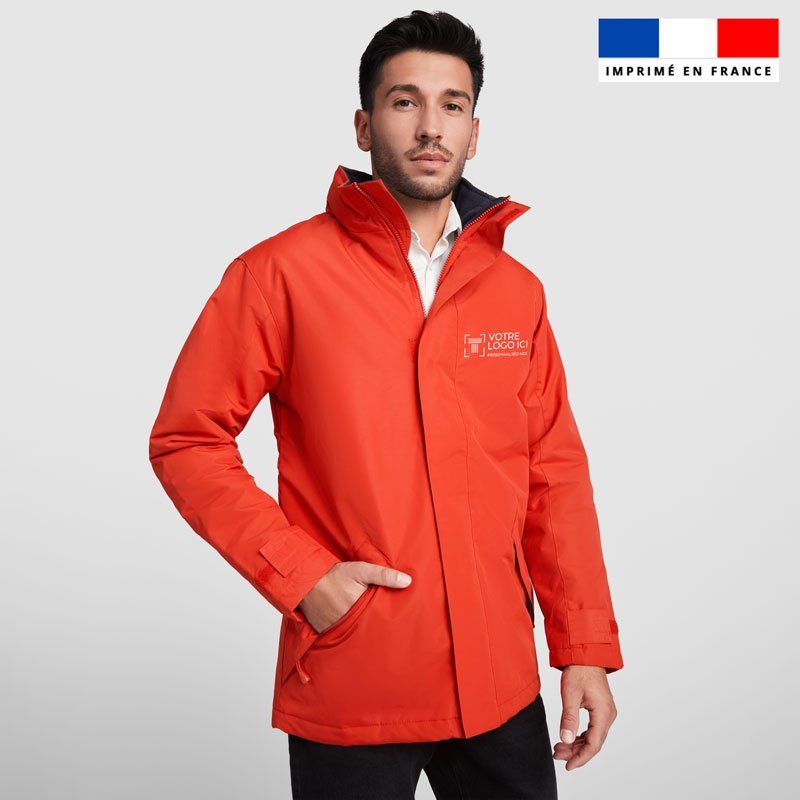
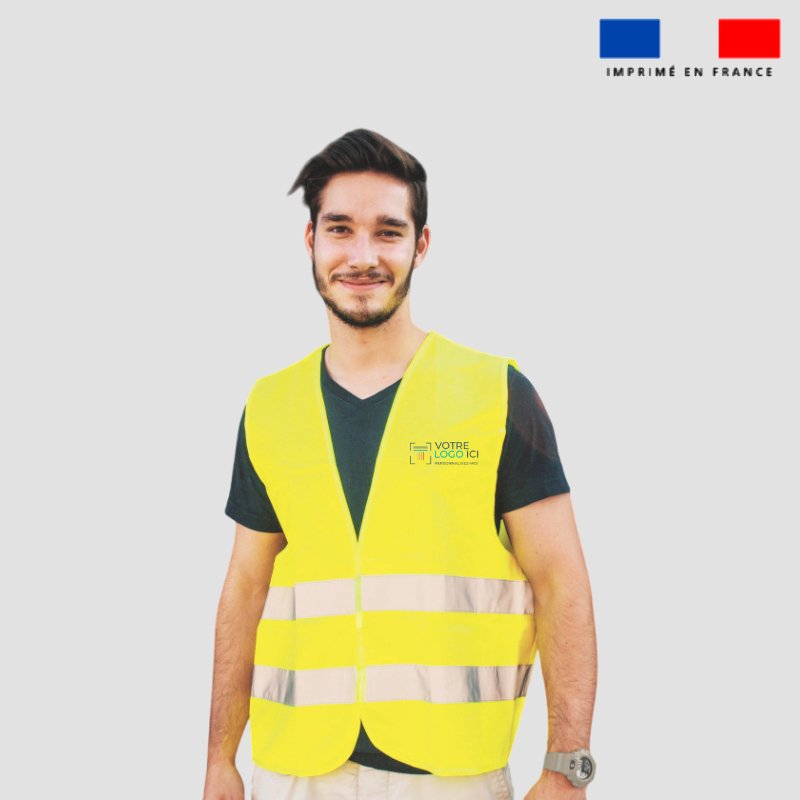
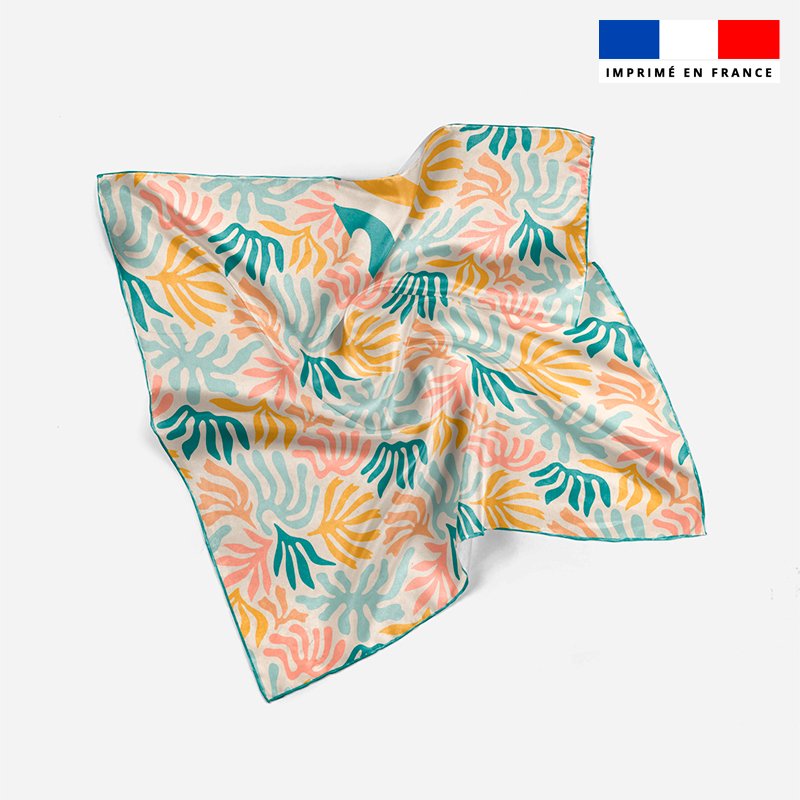
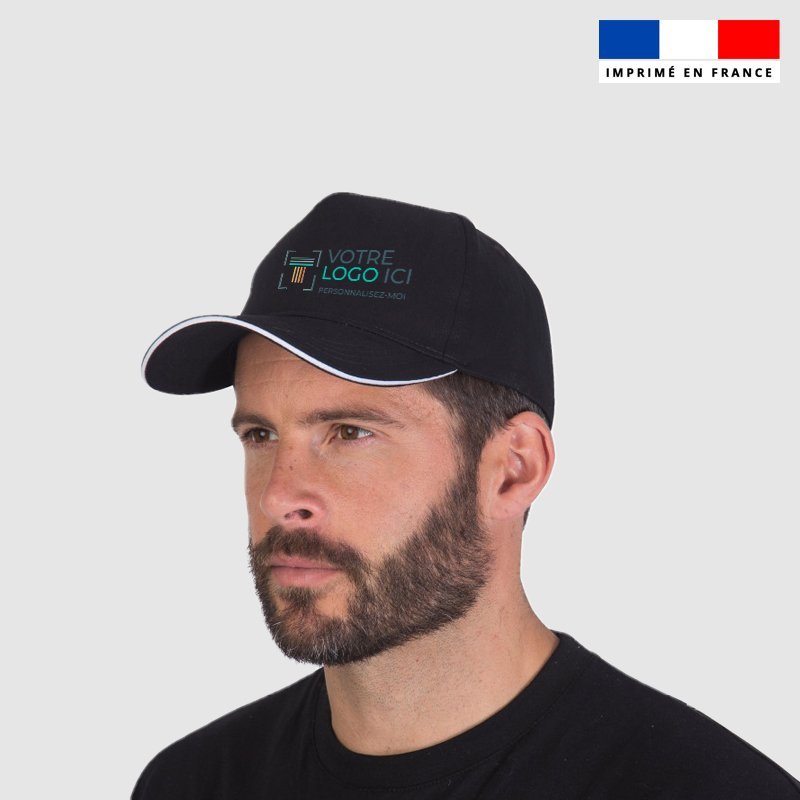
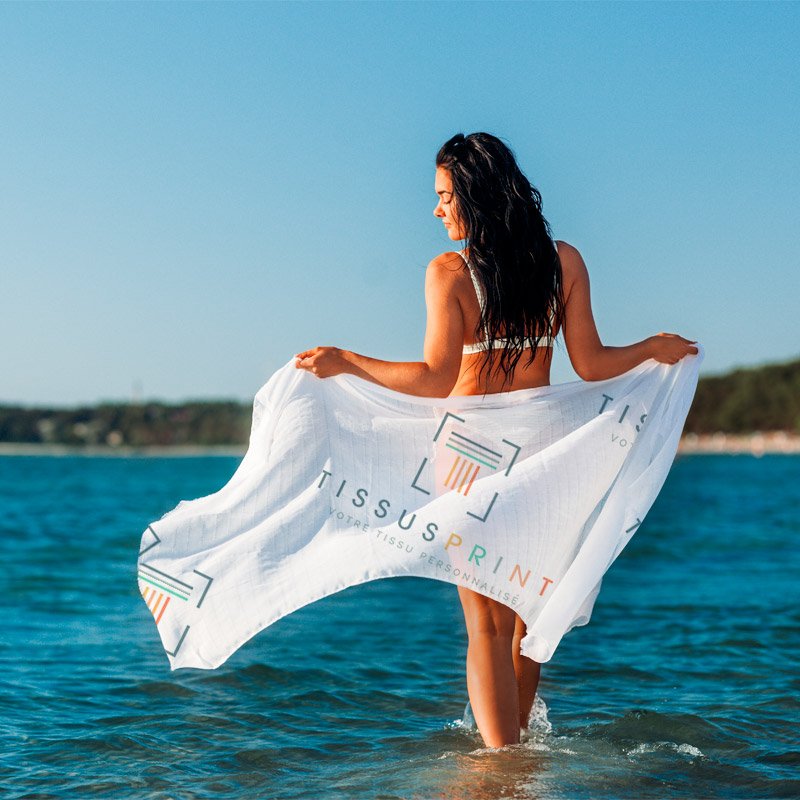
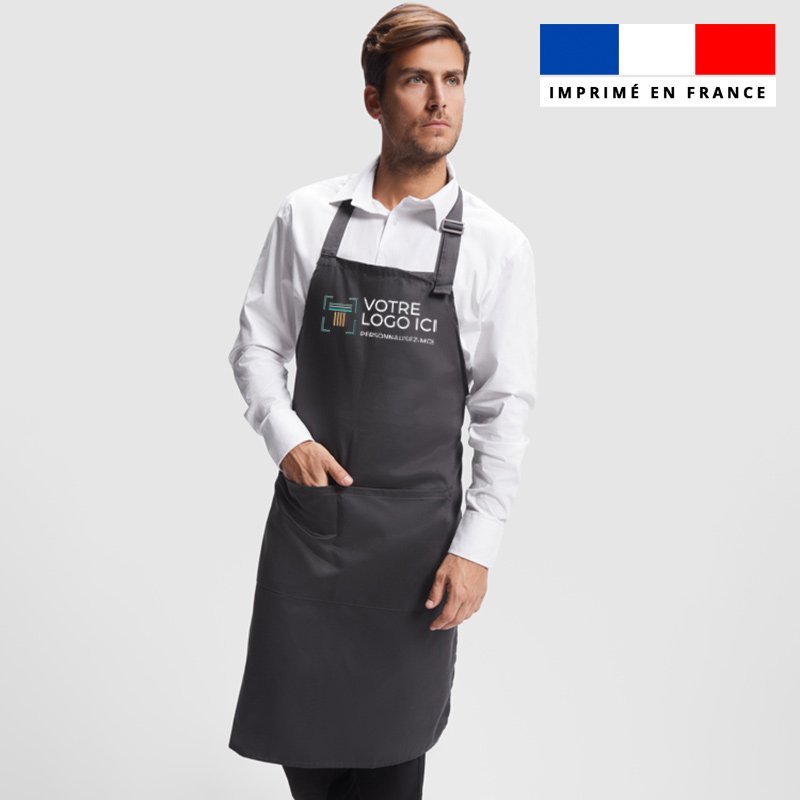
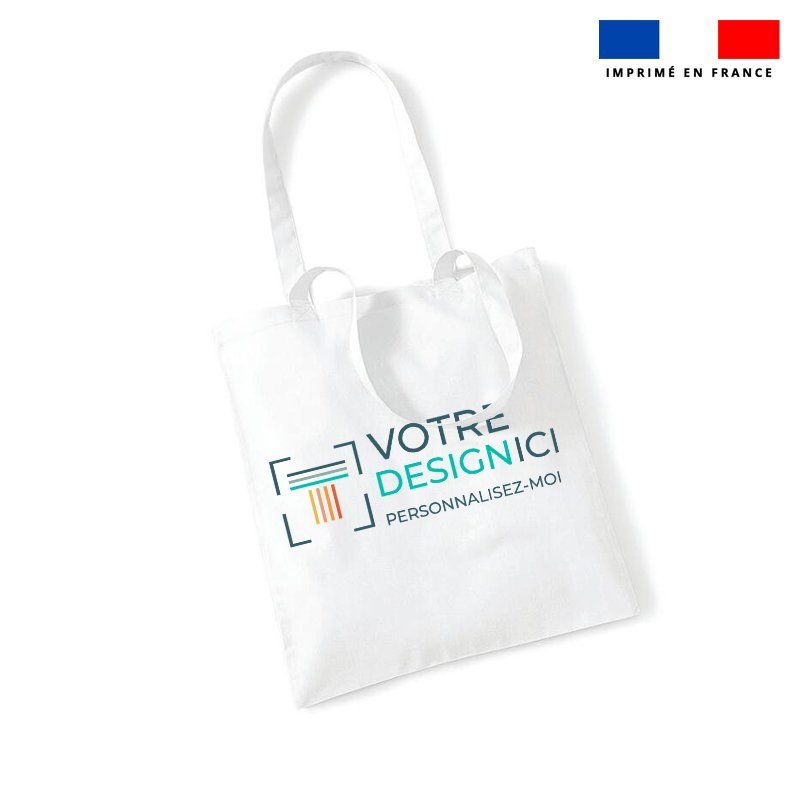
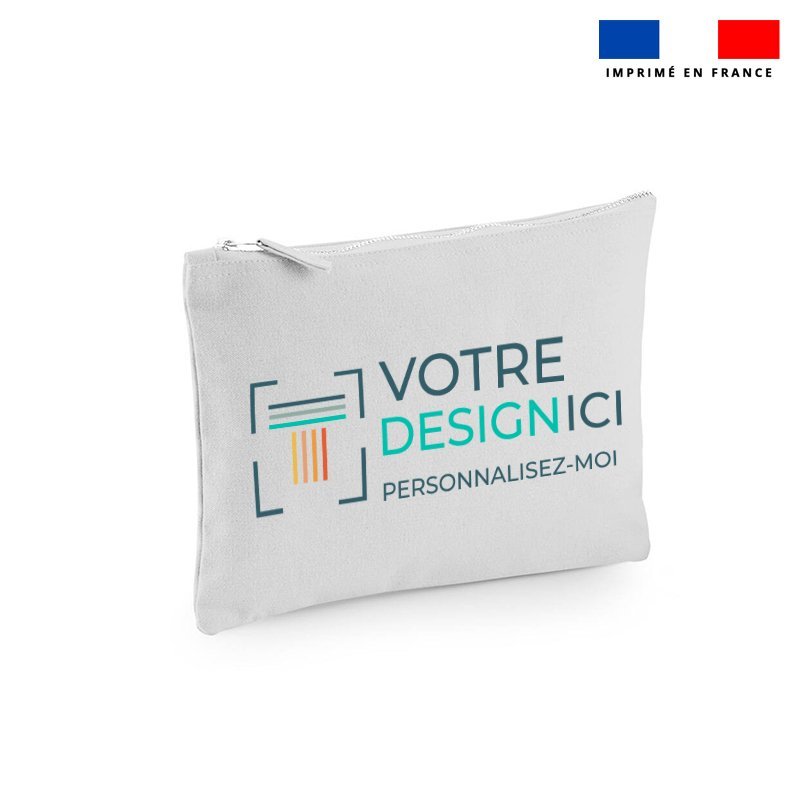
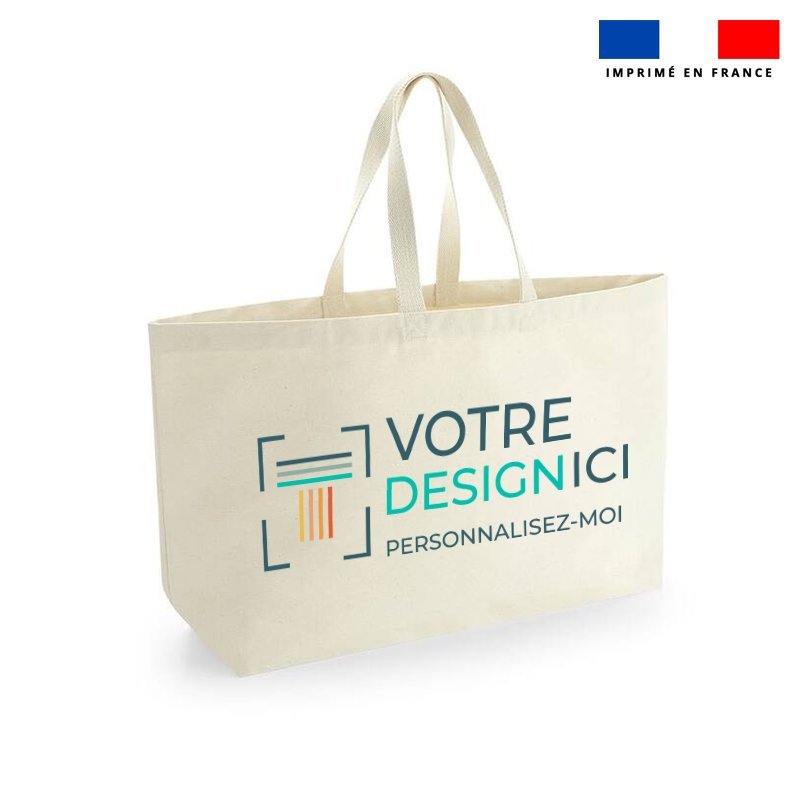
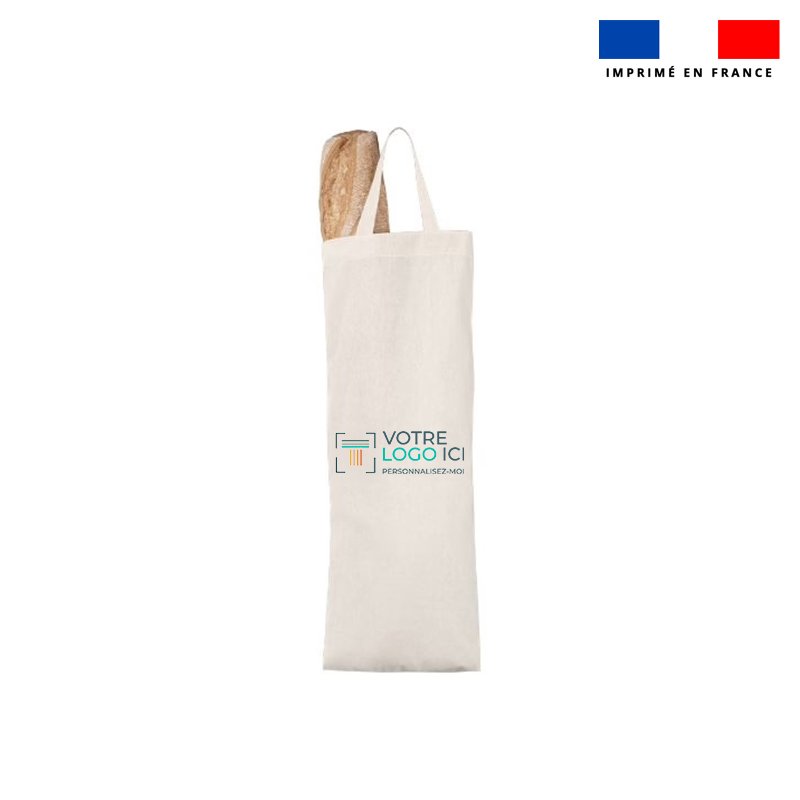
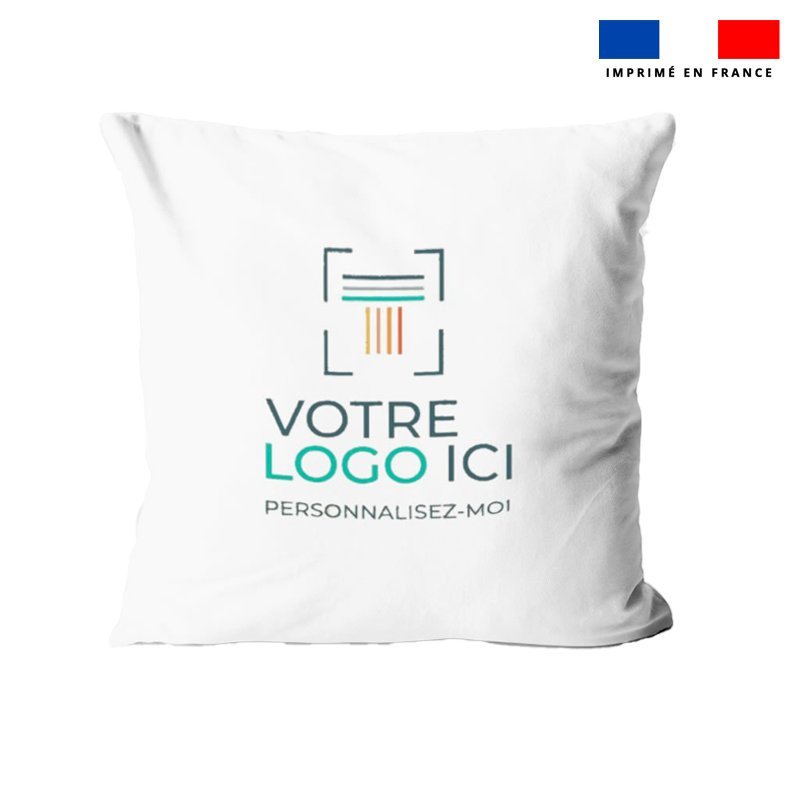
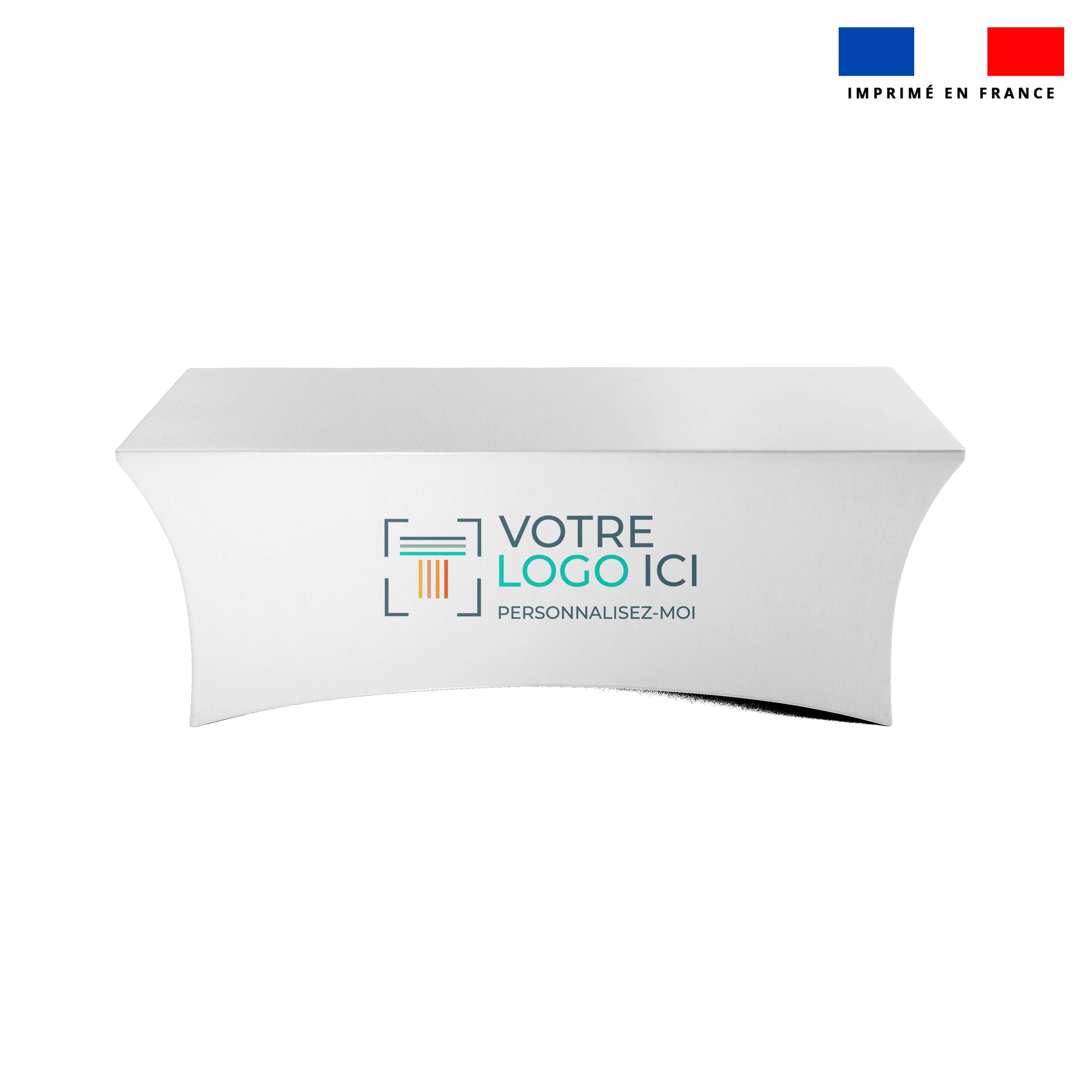
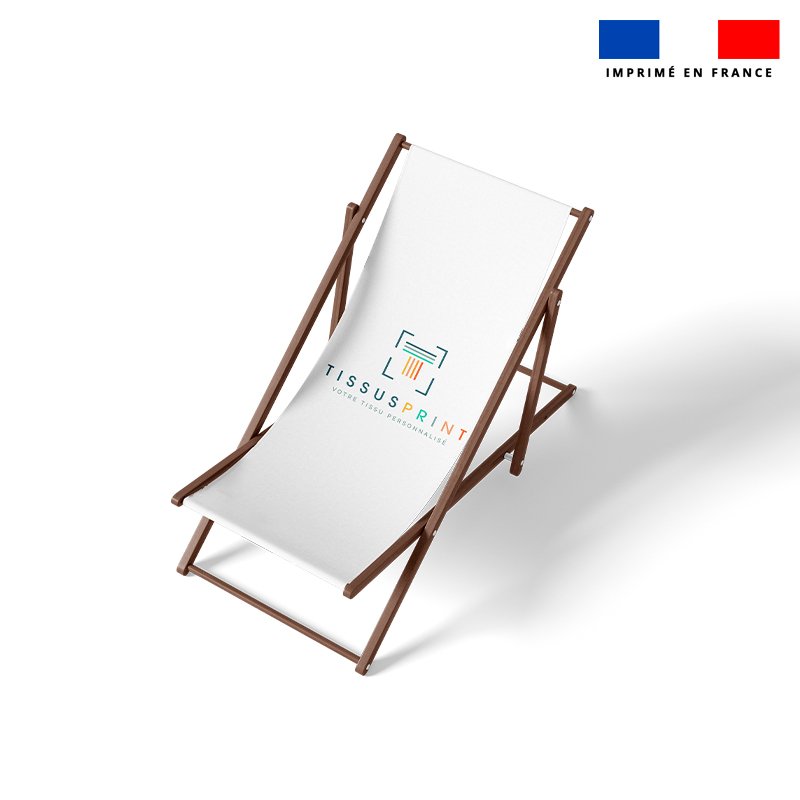
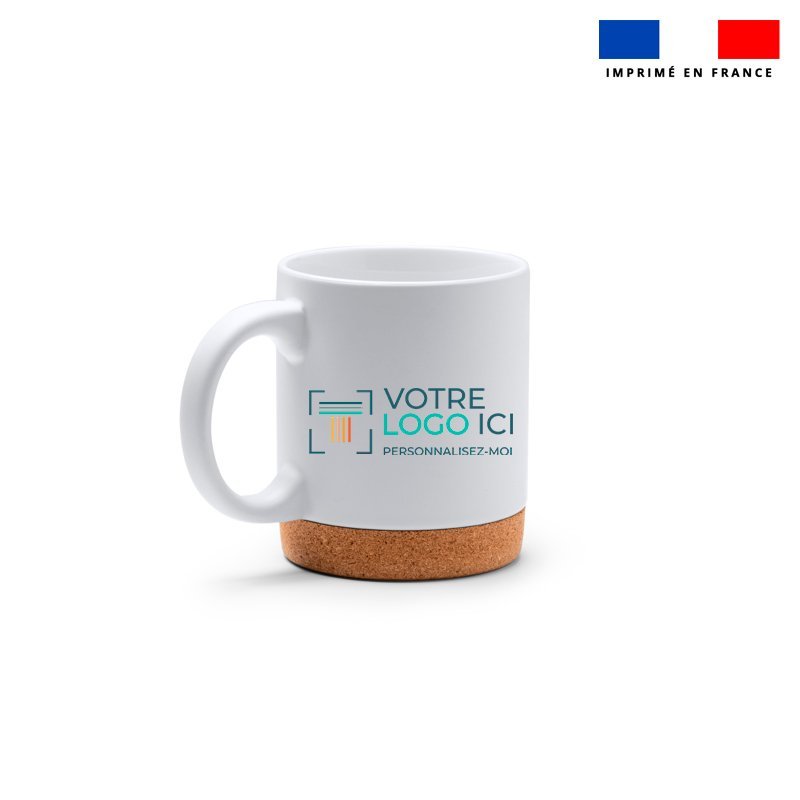
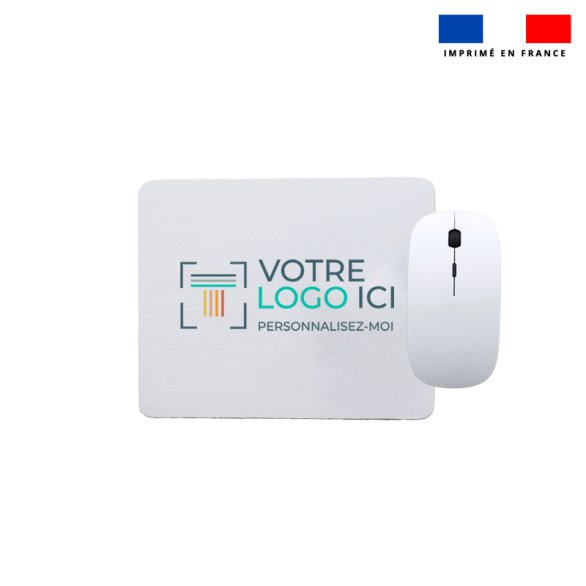
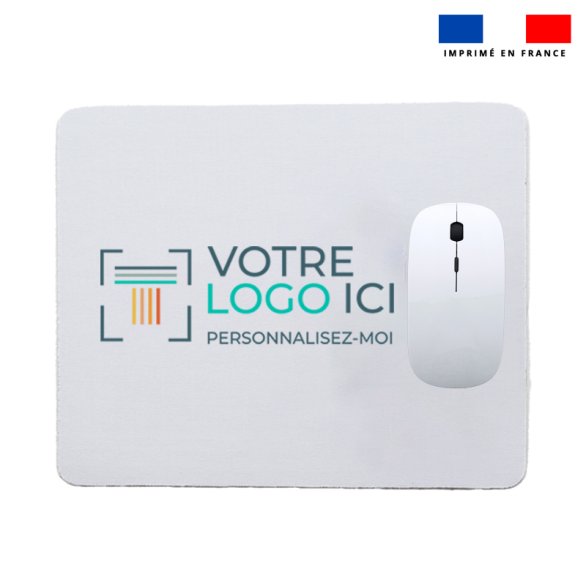
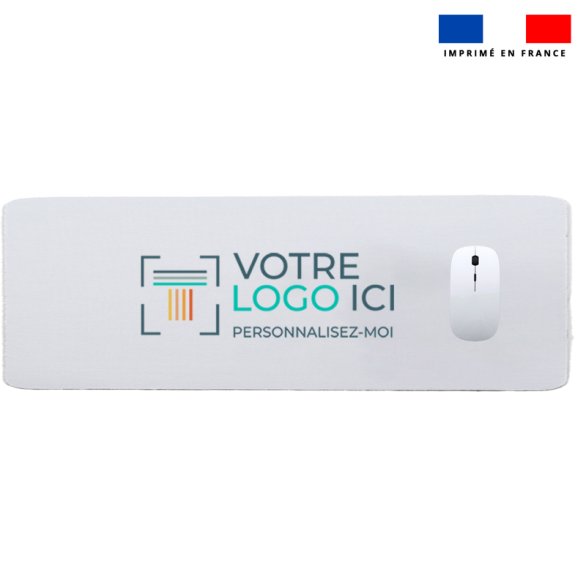
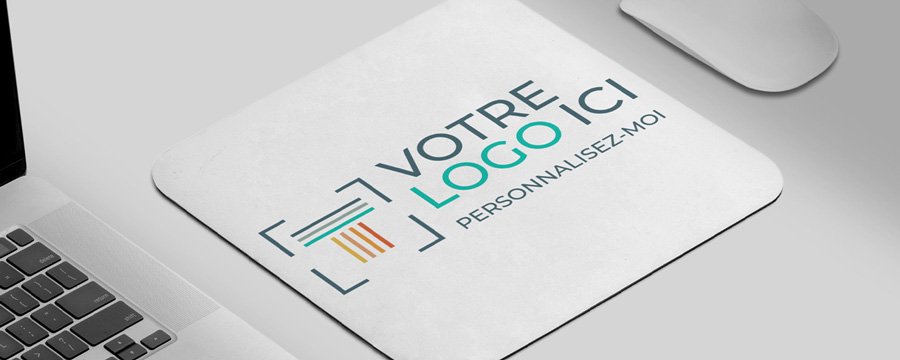
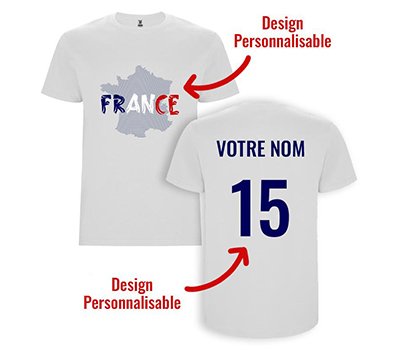
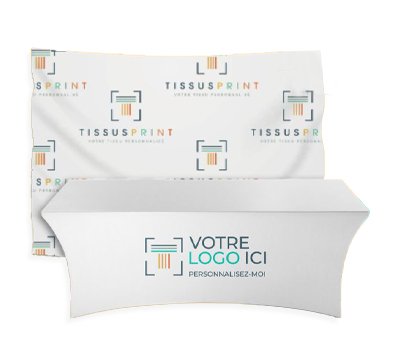
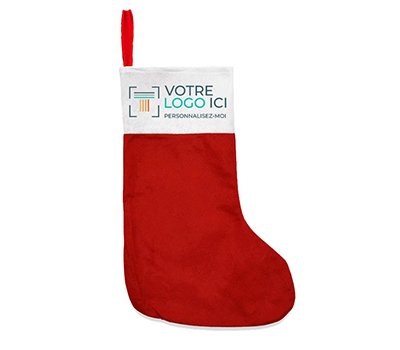
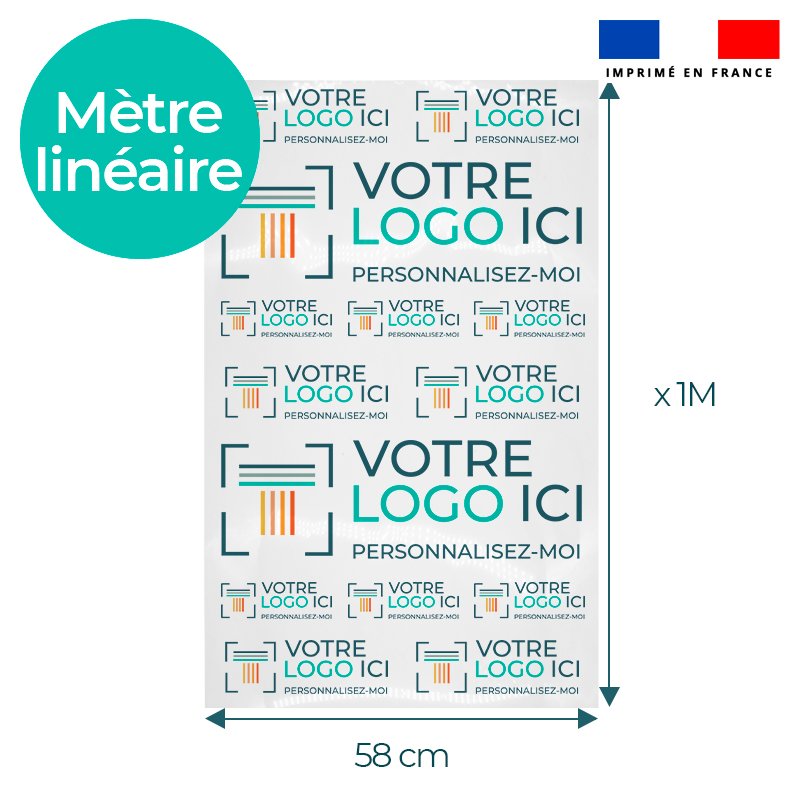
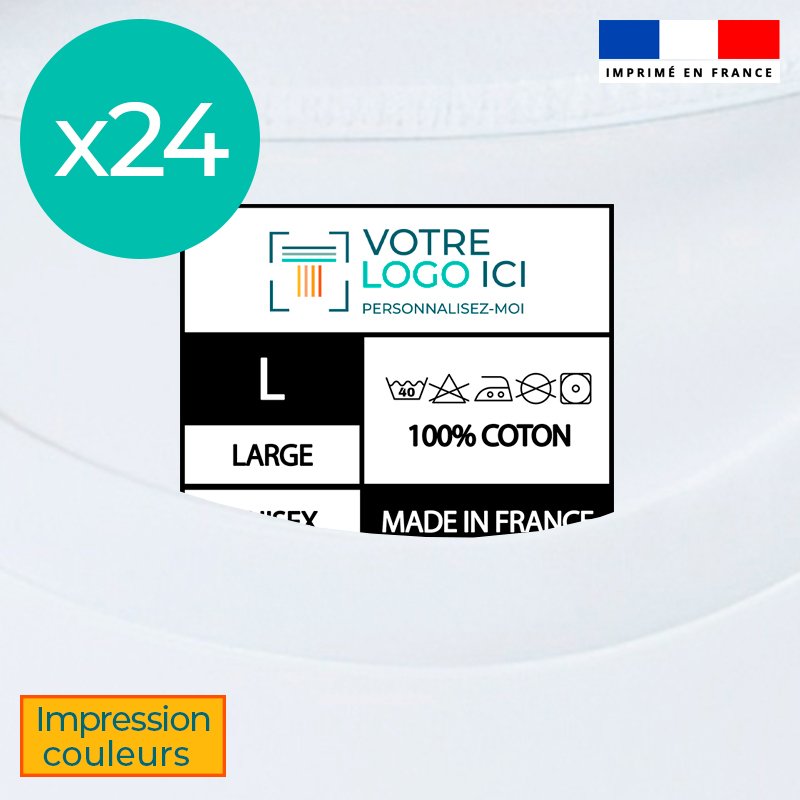
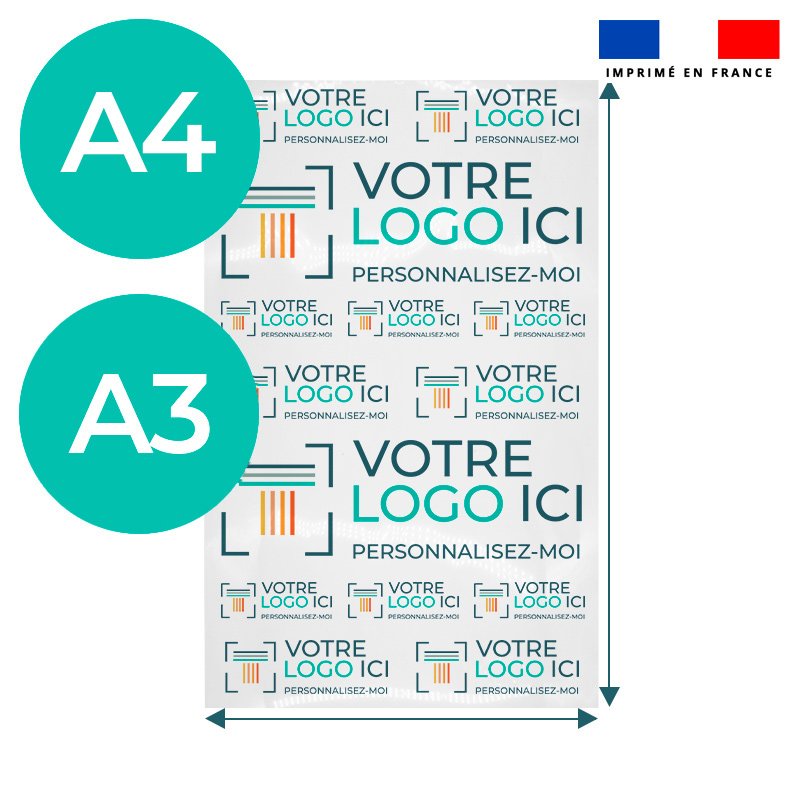
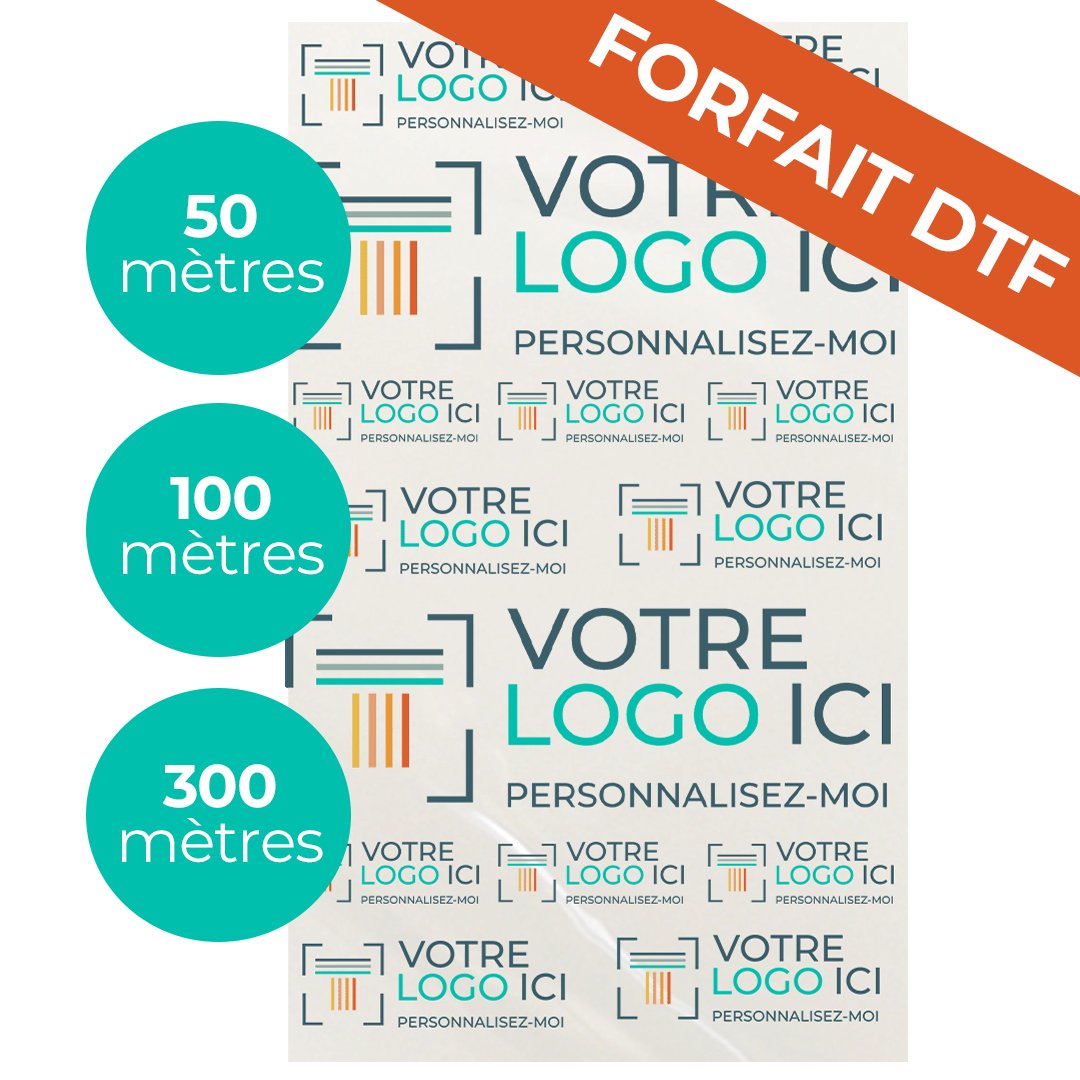
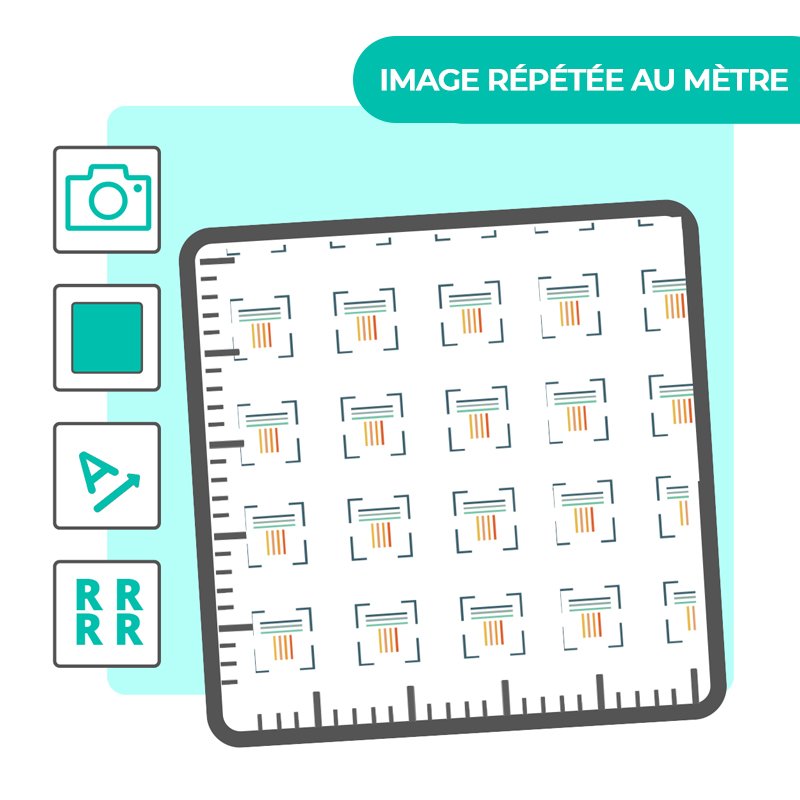
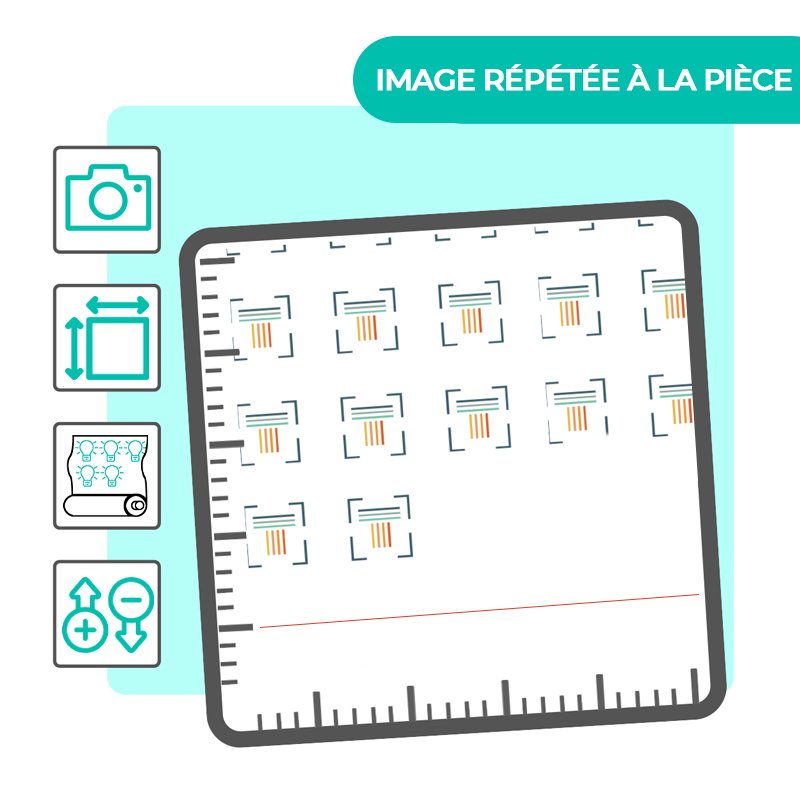
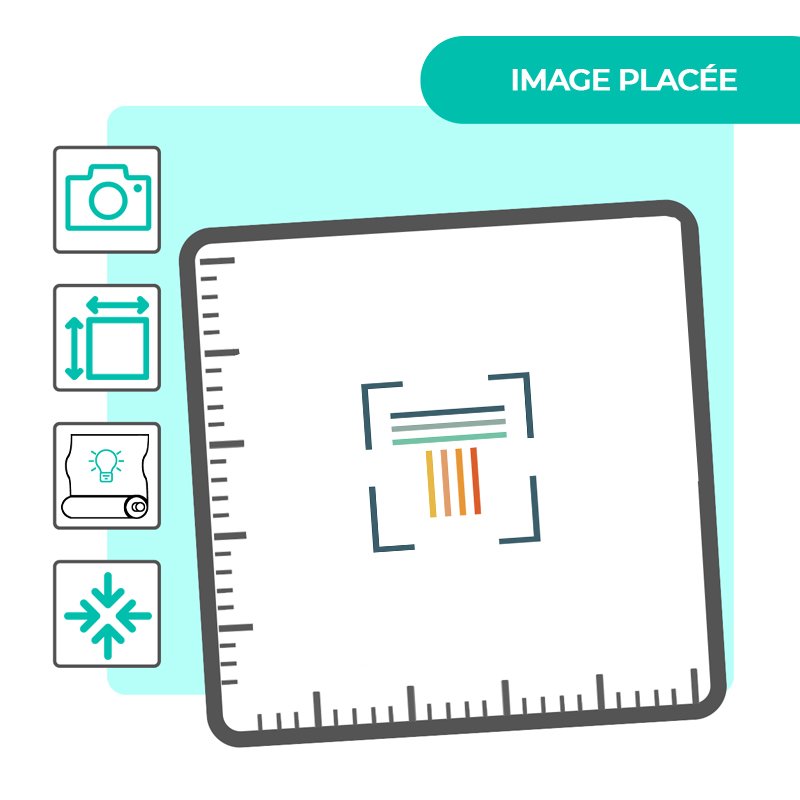
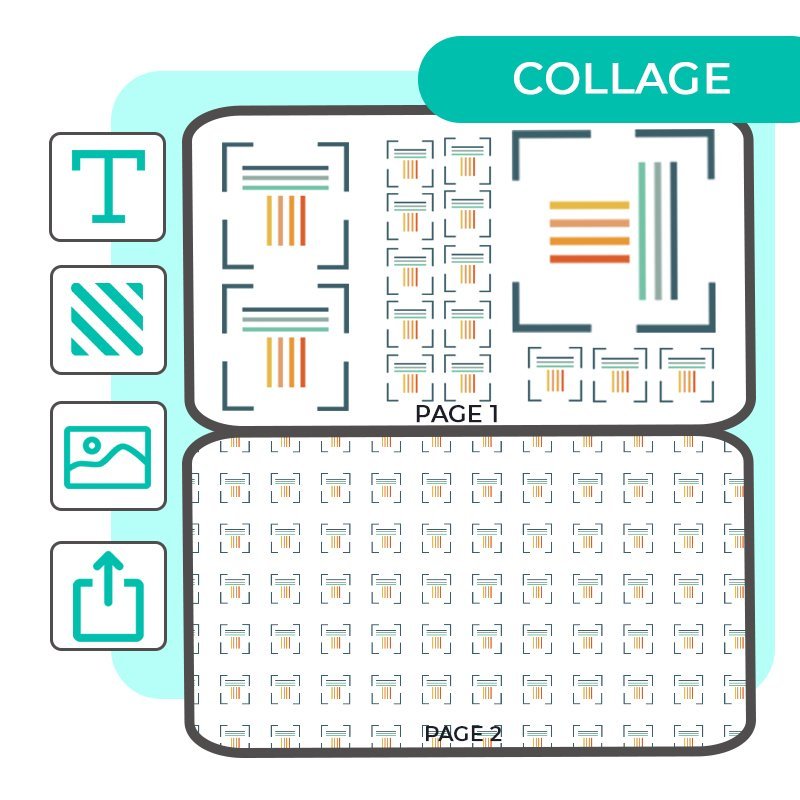
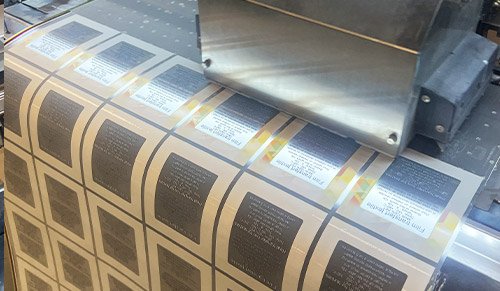
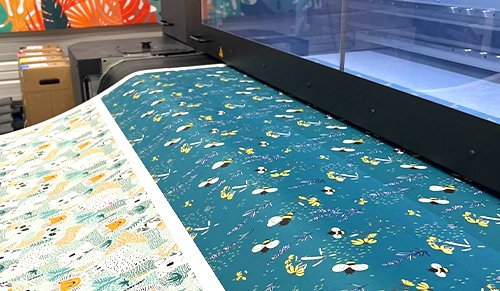
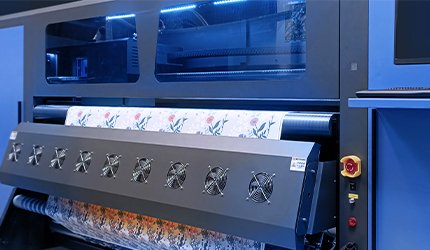
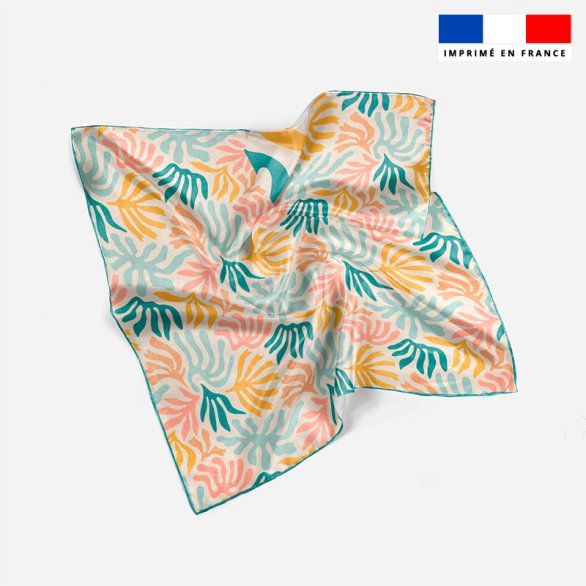
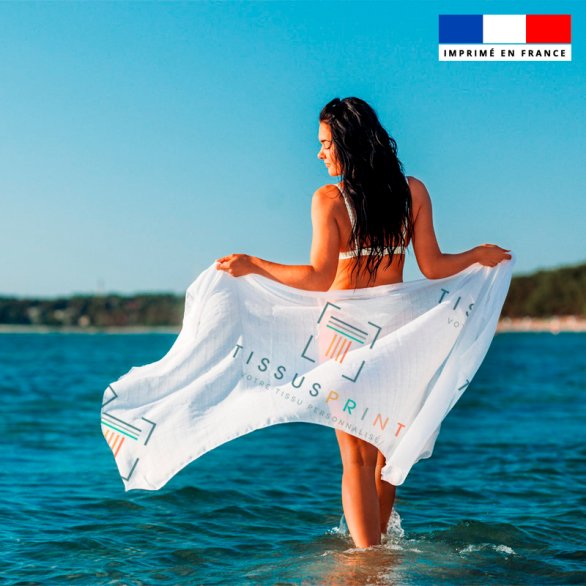
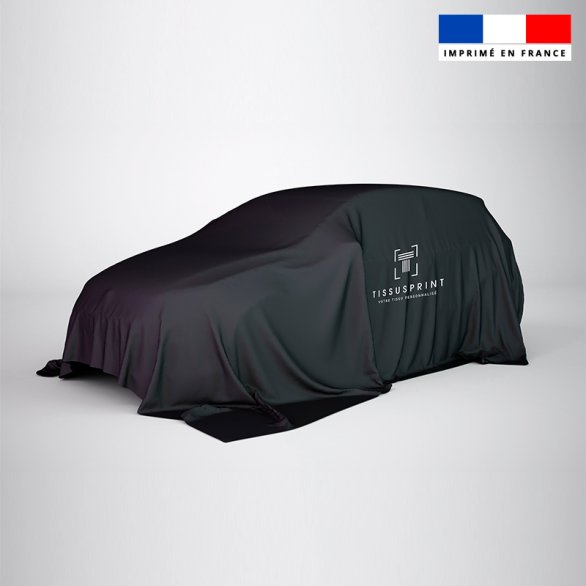
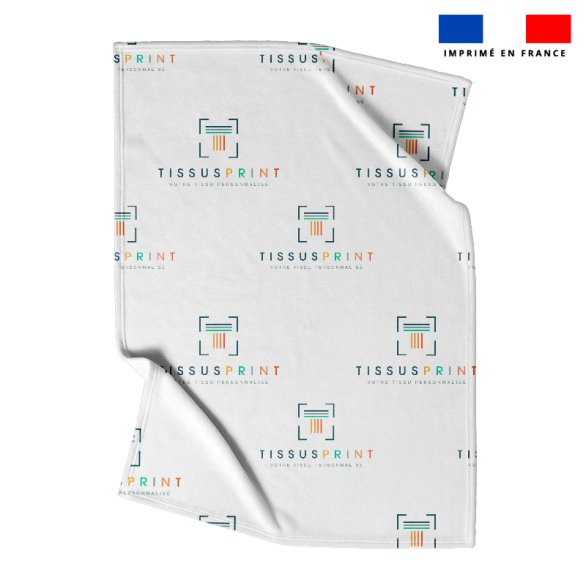
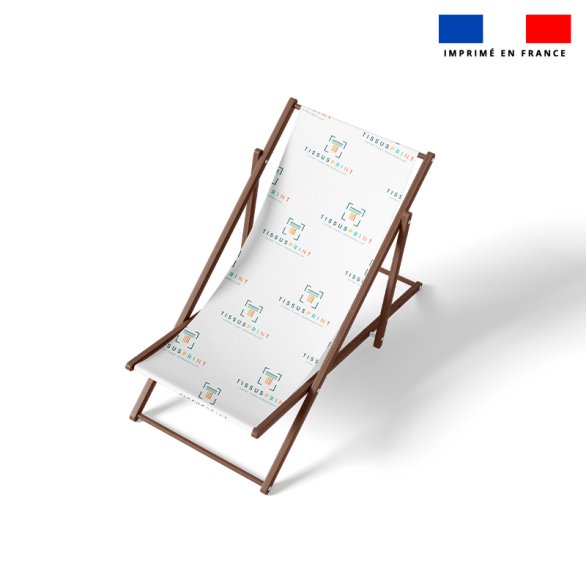
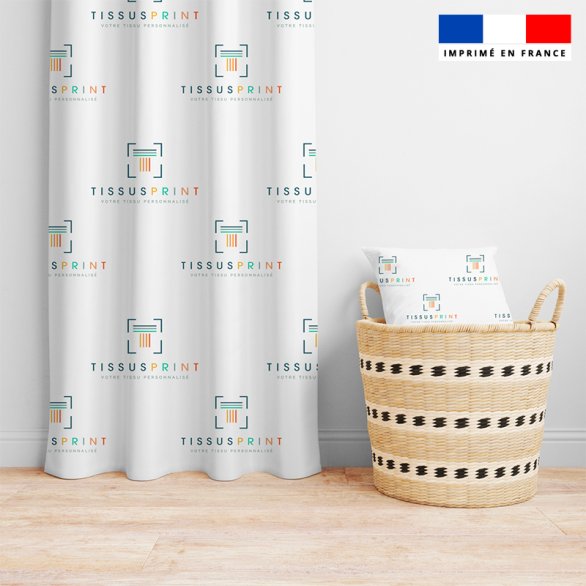
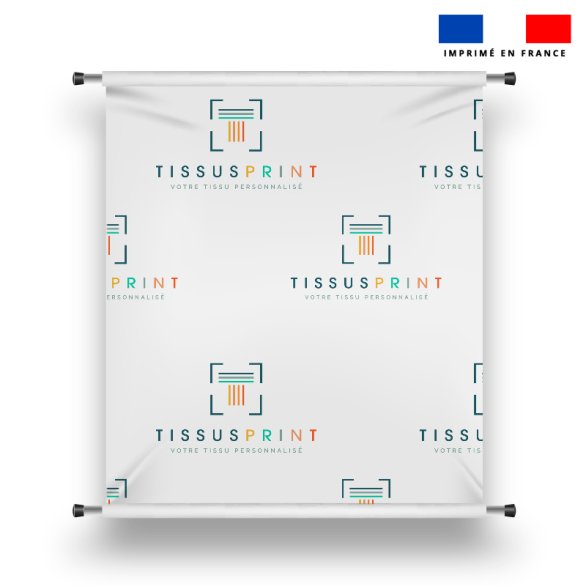
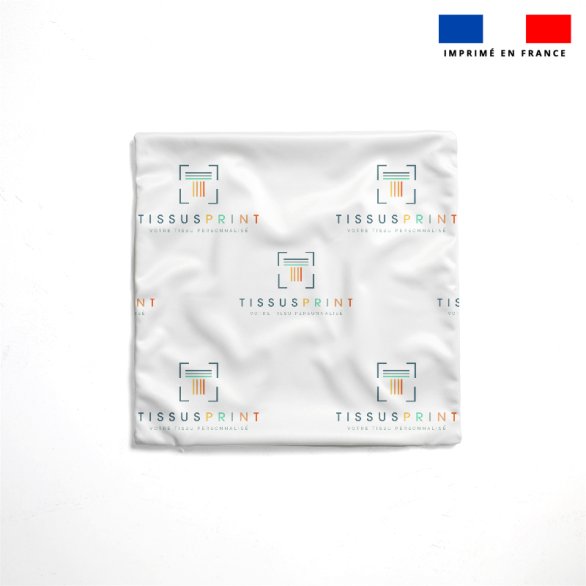
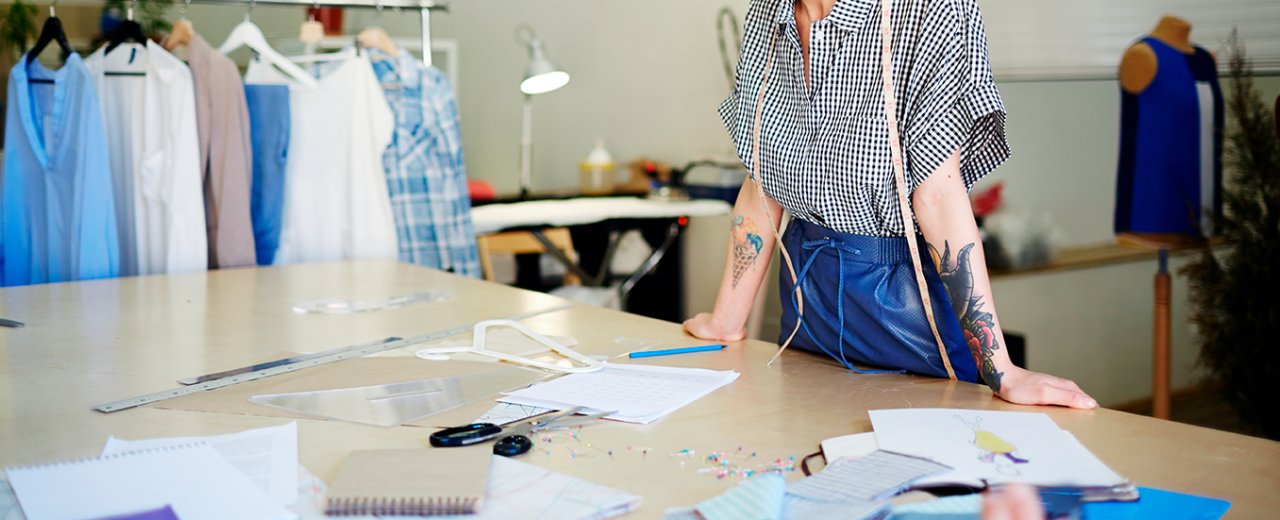
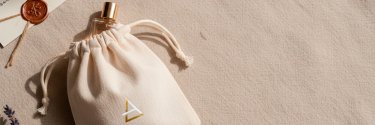

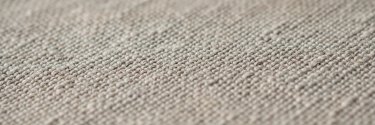
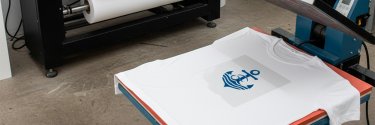
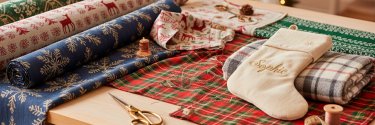

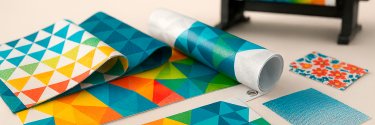
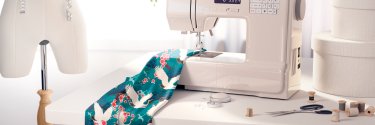
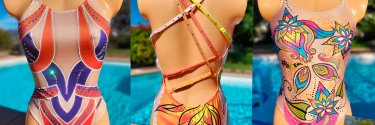
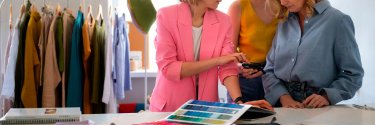
0 commentaires